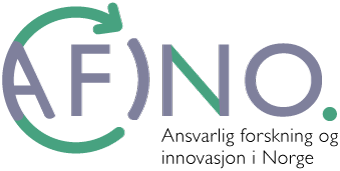Tension-reflexive diagram
Tension-reflexive diagram

As AFINO autumn school students, we were encouraged to think in small groups about the “tensions” we could feel as PhD student conducting our research. We were a group of four students working on different topics and embedded in different fields and different disciplines: Natalia works on ethical risk assessment of AI in practice; Feng works on micro pollutant in drinking water; Anura on water purification by membrane separation and Chloé on the women experience of changes in a peasant community.
By sharing the “tensions” with each other we were able to find a common pattern: the different actors of our research pulling us in different directions. We make this metaphor of the little PhD student lost in between different big people telling him/her different things to do.
The stakeholders were very different for each of us though. Even making categories of those actors was a matter of debates. For example, we wonder if we should add to our stakeholder list “My own values” or “me” or “me as a researcher”, depending on the scientific paradigm we were embedded in (Is our subjectivity part of the research?). We also wondered if we should put together community and society, which can be seen as the same thing for some research but very different for some other.
To combine this common pattern with the different actors, we thought about an interactive “Tension reflexive diagram” that could help the PhD students to reflect on the tensions and where they are coming from. You can play with it in different ways, for example adding your actors that are taking part in your research!
The diagram can help you identify common goals, values and tensions involving the all the actors that are a part of your project.
It can be viewed as a tool for identifying tension but also finding a common goal and who has to take part in reaching it. Through this simple diagram, one can reflect upon all the participants of the research process and understand their viewpoint for engaging in discussions that are inclusive and responsible.
Credit for the Tension-reflexive diagram
Developed by:
Anura Arembage, PhD Candidate, Norwegian University of Life Sciences
Chloé Dhaille, PhD student, Université Paris-Saclay
Feng Li, PhD Candidate, DOSCON AS / Norwegian University of Life Sciences
Natalia Murashova, PhD Candidate, Østfold University College
The group participated at the 2024 AFINO Autumn School in Jondal, 7th-10th October 2024.

